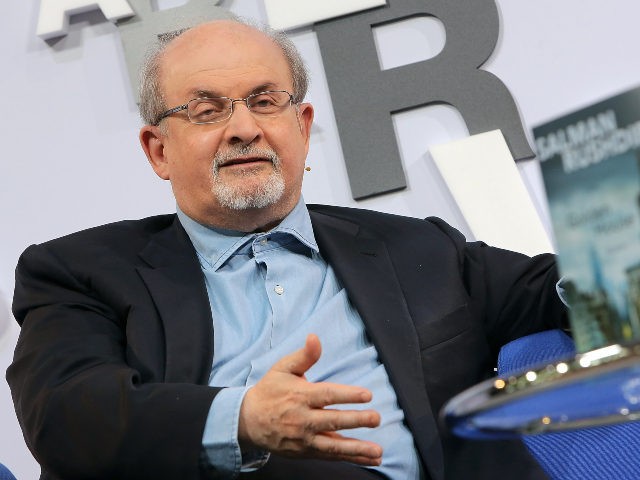
For more, read our round-up of the best Substack newsletters to read now. Substack’s Instagram feed flags up some of its interesting content. According to The Guardian: ‘Substack has variously been hailed as the future of the media industry, a home for writers who don’t want to be edited, and a place where those who have already made a name for themselves find success.’ The idea is so appealing that authors and thinkers of every type – from Salman Rushdie to Dominic Cummings – now have a Substack presence. In a world of flimsy social media, Substack is a place where long-form writing can flourish. (You can be a non-paying subscriber but you can then only read a limited amount of content.) Chris Best, the company’s CEO, says the platform aims ‘to allow writers and creators to run their own personal media empire’. Before I knew it, I was at the heart of a small but lively community based around my writing and teaching.If you are new to Substack – the US site that lets independent writers and podcasters publish directly to their audience and get paid through subscriptions – you are about to be very grateful to us for putting it on your map.Įstablished in San Francisco in 2017, Substack has over 500,000 paying subscribers today. People submitted their writing and I offered help – as did the other subscribers – because this form of writing is not just a top-down thing, it’s a participatory democracy. 166 likes, 10 comments - substackinc on April 28, 2023: On Substack, authors have a direct line to their most committed readers, and a space for the new. I recorded podcasts with Irvine Welsh, Sadie Jones and Jon Ronson, and they were picked up and distributed by Apple Music and Spotify. My followers shared my work, so I got more followers. I started with essays (like all my posts, these were simultaneously delivered as an email and posted on my Substack website). I posted three times a week and gained hundreds of followers in the first few weeks (partially spurred, admittedly, by friends such as David Baddiel and Jonathan Coe who gave me a plug on Twitter.) I soon realised how much potential there was for an ageing writer who was still bursting with ideas but had nowhere to put them. It offers a new opportunity for writers like me, who have hitherto been condemned to the Siberia of what publishers call the “midlist”. Substack occupies most of my writing time. What do my subscribers get in return for signing up? Anything I want to give them I called my newsletter “Tim Lott’s Writing Boot Camp”, reflecting what I saw as my back-to-basics approach to writing. However, I decided, rather half-heartedly, to give it a go. I was dubious about starting my own Substack: it seemed like an awful lot of work for what could be negligible reward. It is far more than a blog – it feels as if it could be a paradigm shift in the media economy. Substack is owned by its three founders (Chris Best, Hamish. Furthermore, once they see what a writer has to offer, followers are sometimes prepared to pay for the privilege of reading what they produce. Its paid for writers and readers that want to write/read a paid newsletter. It doesn’t sound revolutionary, but it offers writers the opportunity to establish an intimate community of followers that has the potential to grow exponentially – and globally. The key technical difference between Substack and other online platforms is that people sign up by email. Like Charles Dickens when he started out, she publishes her work in episodes that build towards the final work. After all, some smaller fry, such as the writer Elle Griffin (who is currently publishing on her Substack The Novelleist, a “utopian novel”) has built a considerable following. As well as posting updates on their work, the writers on Substack try to offer a platform for giving tips and feedback about writing, for the growing army of people who want to become novelists themselves.Īs a novelist, I am very much at the other end of the publishing food chain to Rushdie and co, but after being approached by the head of the UK Substack operation to try it out for myself, I started to consider whether it might be worth it.

Rushdie went on to serialise a novella, The Seventh Wave, on the site. “There’s just us here, just you and me, and we can take this wherever it goes.” “The point of doing this is to have a closer relationship with readers, to speak freely, without any intermediaries or gatekeepers,” Rushdie wrote in his inaugural missive.

Other high-profile authors have joined what was originally a new tool for journalists and hobbyists – including Chuck Palahniuk and Salman Rushdie.


 0 kommentar(er)
0 kommentar(er)
